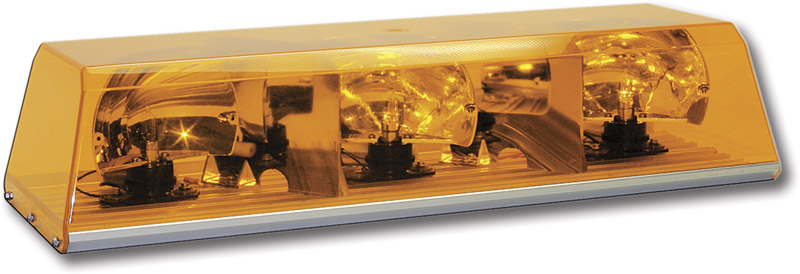

T84H/T85 – High Quality Resin, for high temperatures and chemical exposure.Our ribbons classified as “Halogen-Free” include : We take this very seriously and offer a range of thermal transfer ribbons, for instance, that are not only better for the environment, but they also have lower smoke toxicity if exposed to fire and will reduce damaging corrosion to electronic devices. The reason EIM pays such special attention of all these “Green” efforts is because barcode labels are very much used to identify plastic and electronic products and therefore the ingredients in our labels and inks are just as accountable. To be classified as “halogen-free, a substance must consist of less than 900 parts per million (ppm) of chlorine or bromine and also have less than 1500 ppm of total halogens, according to the International Electrochemical Commission, Restriction Use of Halogen (IEC 6) which involves printed circuit boards and interconnecting structures. This is not a government mandated process but a demand by environmentally-conscious consumers and groups to remove or at least reduce toxic materials from manufacturing processes where items like wires and cables, printed circuit boards, films, connectors, mechanical plastic parts and other items are made. Have we scared you yet? Doesn’t it make sense to avoid these compounds? This is exactly why the “Halogen-Free” efforts were initiated. While none of these halogens used in electronic devices directly harm humans or the environment, they can definitely be harmful if a fire is involved or when proper recycling and disposal is not used, such as in developing countries. Astatines: Another solid and somewhat like Iodine, this material has no practical uses right now since it highly unstable and radioactive.Ĭonsumers may not realize it, but many electronics are burned at the end of their life, thus potentially releasing all sorts of dangerous toxins.Bromine: This fluid is used for flame-proofing, pesticides and dyes.Iodine: This solid is added to halogen lamps to extend the life of a filament.

Fluorine: Like chlorine is a gas, but it is more reactive and used in refrigerants, aerosol sprays and rocket fuels (as well as toothpaste).Chlorine: Commonly used as a bleach and disinfectant for cleaning pools, it is also used in electronic components and can cause serious problems if ignited, creating a poisonous gas.During manufacturing processes, halogens have often been added to components to make them withstand high temperatures and to be flame-retardant, but they are salt-forming compounds which are highly reactive and have low melting points: In regards to “Halogen Content”, we are specifically talking about Chlorine, Fluorine, Bromine, Iodine and Astatine elements which have been commonly used in the production of electronics and plastics such as PVC and Teflon. All of this relates to “green” initiatives, primarily started in the European marketplace concerning substances that are not environmentally friendly, and in many cases are downright dangerous. From time to time EIM is asked to provide statements concerning RoHS, REACH and Halogen Content.


 0 kommentar(er)
0 kommentar(er)
